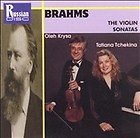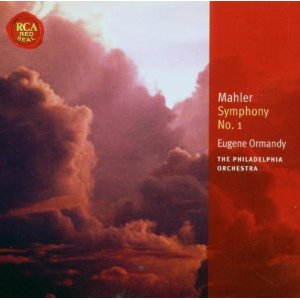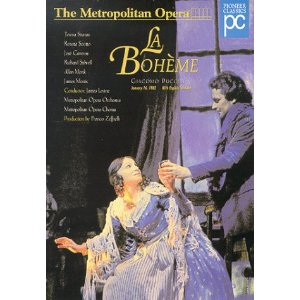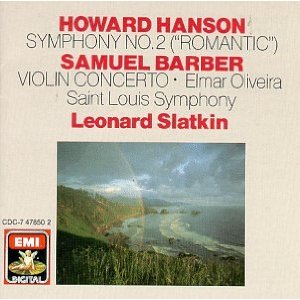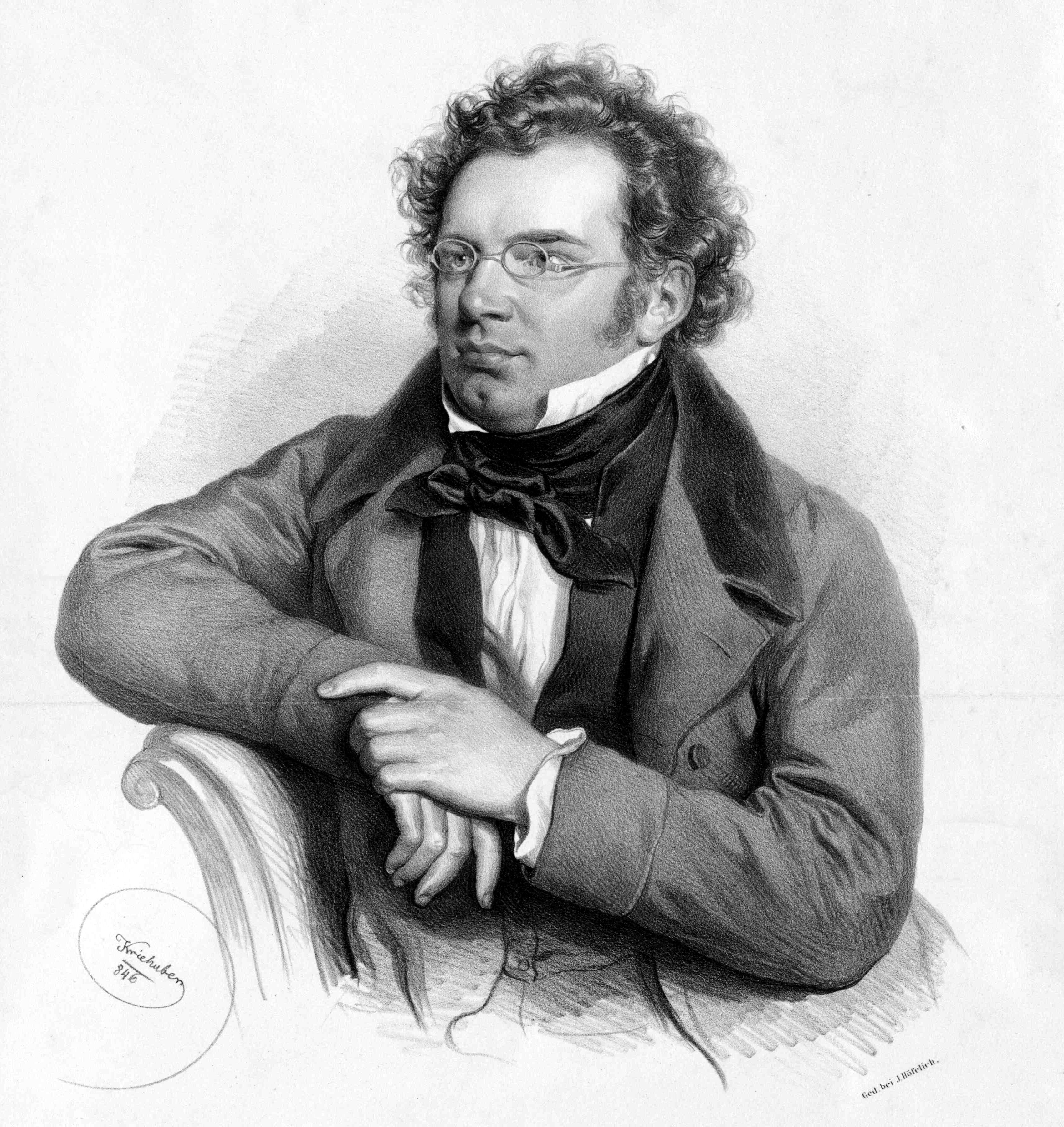[quote]Technique is conception.[/quote]
-Zvi Zeitlin
As we begin a new year of practicing, let’s consider the mental side of violin playing. The concepts we hold in mind can be an important guide for sound, phrasing, musical style and other aspects of playing. Technique should always serve the musical concept. In many cases, starting with a musical concept can propel us over a technical hurdle.
Think about your last practice session. Did you focus mainly on the technical issues of the bow and the left hand? Did a difficult passage remain illusive, even after many repetitions and problem solving attempts? Put the violin down and hear the sound you want to create in your mind. Imagine the physical feeling of playing well. Think of a few words or images that capture the character of the music. See if the power of your concept makes the bow and fingers automatically fall into place.
For the youngest Suzuki student words like “soft”, “squishy” and “springy” immediately create a good mental image for the bow hold. For the left hand, “spaghetti fingers” and “holding an imaginary ball” are good images. Hearing the string ring “like a bell” and using syllables like “Tuck-a-Tuck-a Tuck-a” and “Toh, Toh, Toh” can help build a mental image of tone production.
The opening phrase of Dvorak’s Humoresque in Suzuki Violin Book 3 provides a specific example of the way concept can improve technical control. Challenges in this phrase include the “snapped” rhythm (cheating the rest can accidentally turn the rhythm into a triplet) and “zig-zag” bowing which can lead to an undesirably heavy sound. A word like “sneaky” might help with the rhythm, while playing the last note before each rest “like a feather” could guide the wrist and bow hand to lighten up the sound.
Violinist and teacher Simon Fischer has written an interesting article about Mental Rehearsal which highlights the importance of visualization in violin playing. Visualization is also central to the work of Don Greene and others who help professional musicians overcome performance anxiety.
Another important component of mental practicing involves attending concerts, listening to recordings and studying the score. If you’re learning a concerto it’s essential that you know the orchestra part as well as the solo part and how the two interact.
As you practice in the new year, remember that it’s important to use time efficiently. Make a commitment to thoughtful practice and allow musical concepts to be your guide.



